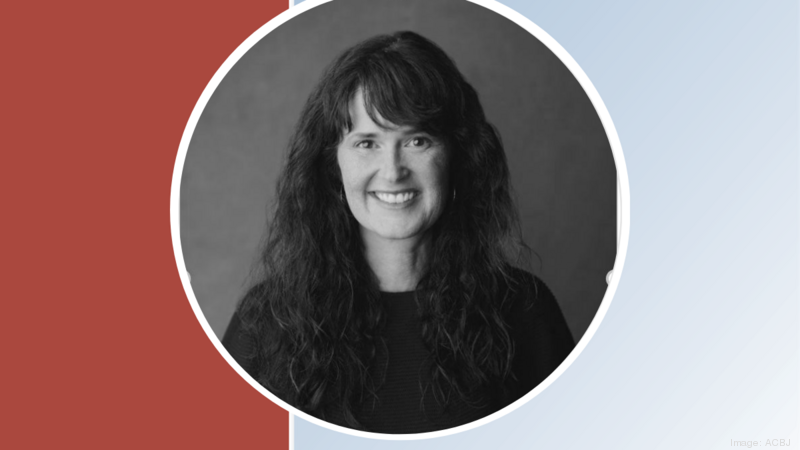In Her Own Words: Erin Lewellen learned about the power of ‘we’
By Ellen Sherberg, Bizwomen Contributor
The pandemic cut off a myriad of programs designed to help youths around the world. Erin Lewellen, CEO, Global Citizen Year, found herself having to find out her team could continue to reach out to young people — and how to keep her employees together.

View Article on BizJournals.com
“I am the CEO for Global Citizen Year, a nonprofit that recruits talented and diverse young people worldwide and provides them an immersive experience in a country other than their own. But what happens to an organization that depends on global movement — and what happens to the people in that organization — when a global pandemic occurs? When faced with an existential threat to the organization, how does equity factor into decisions?
There were layoffs, there were furloughs and there were furloughs that turned into layoffs. We made several key decisions during this confusing, emotional and turbulent moment, each of them deepening our understanding of, and commitment to, leading through an equity lens. Below are examples of how advancing equity, an organizational value, was at the forefront of our decision making. We asked ourselves:
Which of our teammates might need the most support in a global pandemic? We prioritized their well-being and focused our relief toward them. For example, we chose to carry health coverage for our furloughed and laid-off employees who needed it. This included teammates from each of our 5 countries and for some, we carried that coverage for over a year.
Across our five countries of operation, who knows the local context and the individual team members’ needs the best? Once we determined that and gathered their input, we set aside a pool of funds for those who were impacted most deeply to cover housing, travel, monthly stipends, and other needs—decisions for that disbursement were made by local leadership.
Who has the most power in this situation and how do we address that? Everyone went to reduced time, 80%, with two exceptions — the two highest earners, the CEO and Founder. The two of us took the equivalent pay cut but continued working full-time.
Are any demographic groups overly represented in any of the decisions we are making? Creating a summary of all actions and their related impact helped us ensure balance before taking action.
We also made the decision to make explicit our intention to focus relief efforts with equity at the forefront. We shared our rationale with the team, and had strong support.
We became a team of 18, down from 55, in a two week period. We emerged bruised, sprained and with tear-stained cheeks — but not broken. Our telescope showed us equity was possible and our microscope identified the path toward it, enabling resilience and strength.
As a gay woman in leadership, for decades I have worked at deepening and expanding my understanding for how to lead through an equity lens. Never did I have more practice, in a more pressurized setting than during the onset of the pandemic. Equity strategies often plod along, at a pace that can feel painfully slow. There was no time for that. My leadership is forever changed by how we navigated the organizational changes necessary to survive the pandemic. Less me. More we. Repeat.”
